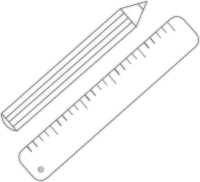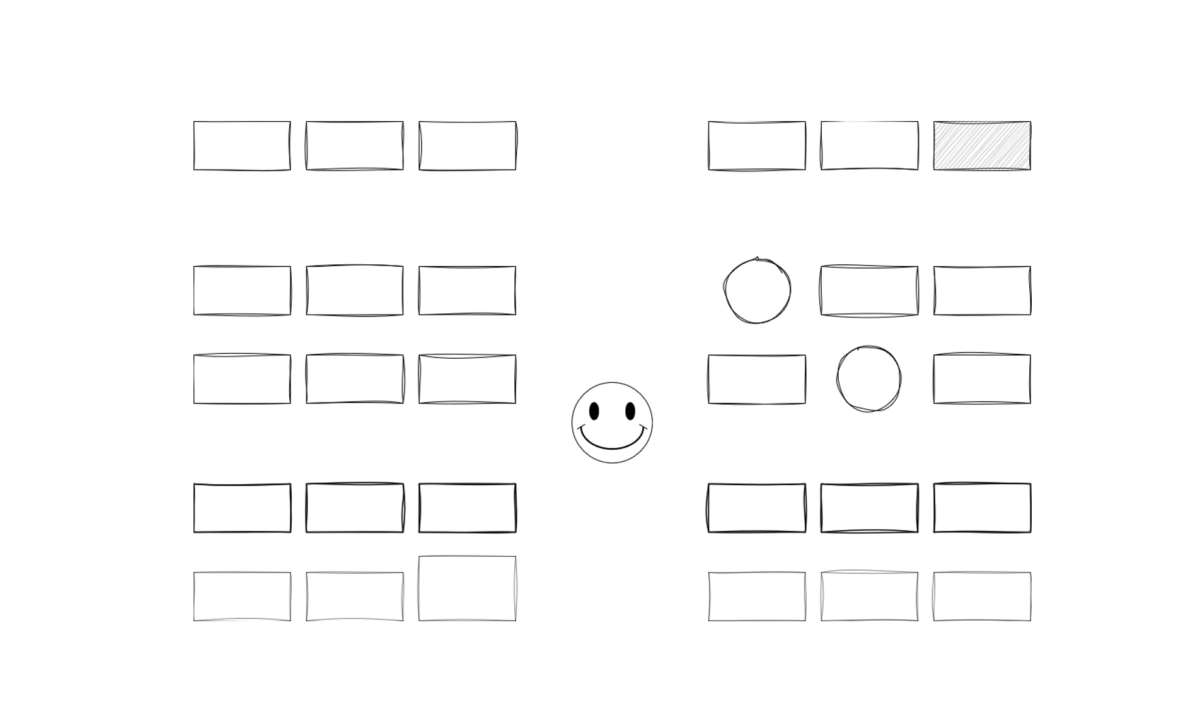Mini-Series: Let’s learn from Communication Theory
Uncover the hidden power of communication theories on information dashboard design and data analytics in this Mini-Series.
In data visualisation and dashboard development, visual communication plays a pivotal role in conveying complex information effectively. Just like a language has its own vocabulary and grammar, visual communication relies on a profound knowledge of visual elements and their arrangement. This post explores why understanding visual vocabulary and grammar is essential for creating meaningful data visualisations that facilitate information exchange and foster understanding.
The essence of visual communication
Visual communication is a powerful form of conveying information using visual elements such as shapes, colours, lines, and typography. It goes beyond words and numbers, tapping into our innate ability to process visual stimuli rapidly. By leveraging visuals, we can distil complex data sets into explicit, concise, and memorable representations that resonate with our audience.
The role of visual vocabulary and grammar
Visual vocabulary refers to the collection of visual elements, while visual grammar pertains to their arrangement and interaction. However, in contrast to verbal communication, visual communication is not standardised. Plus, there is a divide between those who welcome a standard, like IBCS and those who prefer to avoid any standard. Regardless of your standpoint, learning visual vocabulary and grammar is still important. So, let’s explore why a deep understanding of these concepts is crucial for meaningful data visualisation:
Enhancing Clarity
Visual vocabulary helps us select the appropriate elements to represent data accurately. Each visual element carries its own meaning and can evoke specific perceptions. By choosing the appropriate elements, such as bars or icons, we can enhance clarity and ensure that our visualisations effectively convey the intended message.
Conveying Relationships
Visual grammar enables us to express relationships and hierarchies within data. We can highlight importance, patterns, comparisons, and trends through the arrangement of elements, such as grouping, positioning, selecting an outstanding visual, and size. A profound understanding of visual grammar allows us to guide our audience’s attention, facilitating their understanding of the underlying information.
Enabling Comprehension
Data visualisation is not just about presenting information; it is about helping comprehension. Profound knowledge of visual vocabulary and grammar allows us to design visualisations that align with how our brains process information. We can reduce cognitive load and facilitate effortless comprehension by employing consistent and intuitive visual cues, such as using familiar icons or intuitive scales.
Evoking Emotion
Visuals have the power to evoke emotions and create a connection with the audience. Colours, for example, can convey different moods and associations. A well-executed colour palette can enhance the visual appeal of a dashboard and make it more engaging. By understanding the emotional impact of visual choices, we can create visualisations that resonate with our audience and facilitate a deeper connection with the data. A word about emotion, though. Use this element very sparingly, especially on business dashboards. Business people’s intrinsic motivation should be the information value, not the joy of colours. They tend to work with information dashboards that help them do their tasks. They might find colourful dashboards more attractive, as a lollipop is more attractive than broccoli. But if your goal is to get nutrients, there’s no question about what’s best. After a while, flashy glossy dashboards annoy business people once they find out they are just good-looking but not helpful.
The Importance of Effective Communication
Effective communication involves both parties, the producer and the consumer. In the context of data visualisation and dashboard development, this principle remains crucial. By effectively employing visual vocabulary and grammar, we enable our audience to engage with the visualisations, explore the data, and derive insights, fostering a flow of understanding.
Concluding the Main Learnings
Visual communication is a powerful tool in data visualisation and dashboard development. It distorts complex information into clear, engaging, and call-to-action-like representations. By acquiring a profound knowledge of visual vocabulary and grammar, we can apply these principles meaningfully, enhancing clarity, conveying relationships, and enabling comprehension. Through compelling visual communication, we foster understanding, empowering our audience to make informed decisions and gain valuable insights from the data presented before them.


